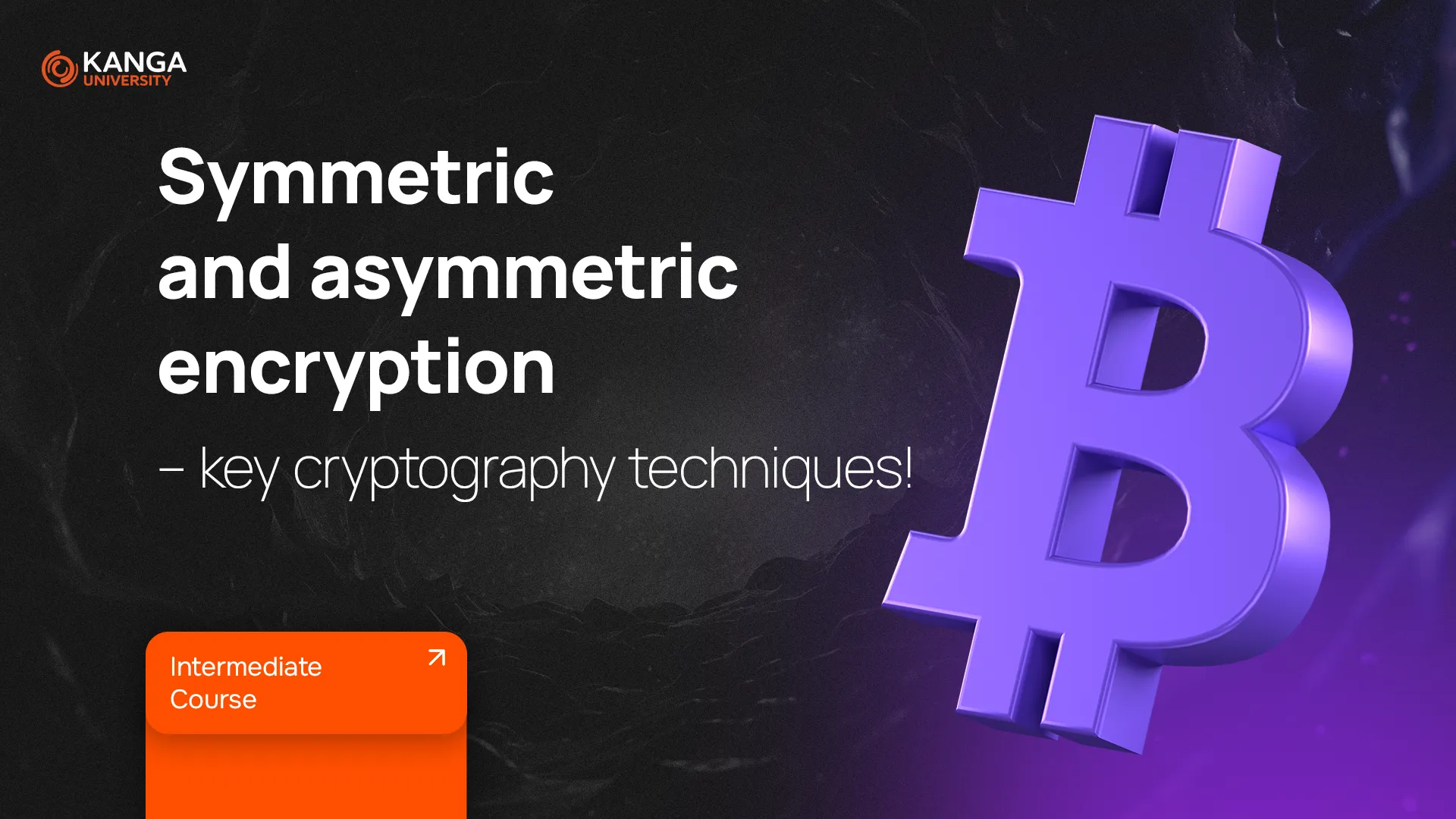
In a world where much of our daily lives take place online, data security is more important than ever. From banking apps and private messages to files stored in the cloud, encryption plays a key role in keeping our information safe.
Today, we’re diving into two essential encryption methods: symmetric and asymmetric encryption. These are the foundations of modern cryptography. Both serve the same purpose—protecting data—but they work in very different ways.
What is encryption?
Encryption is the process of turning readable information (plaintext) into an unreadable string of characters (ciphertext). Only someone with the correct key can reverse the process and access the original data.
Think of it as writing a message in a secret code. Without the key to decode it, the message remains gibberish to everyone else.
Symmetric Encryption – One Key for Everything
Symmetric encryption uses a single key for both encrypting and decrypting a message. Imagine you and a friend have the same key to a locked box. You can both lock and unlock the box, but if someone else gets that key, they can too.
Advantages:
-
Fast and efficient, especially for large amounts of data
-
Easier to implement in trusted environments
Disadvantages:
-
Key distribution can be risky. If the key is intercepted, the data is no longer secure
Common uses:
-
Messaging apps like WhatsApp and Telegram
-
File encryption tools like VeraCrypt
Asymmetric Encryption – Two Keys for Better Security
Asymmetric encryption uses two keys: a public key (shared with anyone) and a private key (kept secret). Anyone can use the public key to encrypt a message, but only the holder of the private key can decrypt it.
Advantages:
-
Safer for communication over open networks
-
No need to share private keys
Disadvantages:
-
Slower and more resource-intensive
Common uses:
-
Online banking (SSL/TLS protocols)
-
Secure email communication (PGP, S/MIME)
-
Digital signatures (authenticating documents)
Symmetric vs Asymmetric – Quick Comparison
| Feature | Symmetric Encryption | Asymmetric Encryption |
|---|---|---|
| Number of keys | 1 | 2 (public and private) |
| Speed | Faster | Slower |
| Key management | More difficult | Easier |
| Best for | Trusted internal systems | Public and internet-based use cases |
Which one should you choose?
It depends on the situation. In closed environments (like inside a company), symmetric encryption is faster and practical. For open networks, like the internet, asymmetric encryption offers more protection.
In real-world applications, both methods are often combined. Asymmetric encryption is used to securely exchange a symmetric key, which then handles the bulk of data encryption.
Summary
Encryption is not just for tech experts or hackers in movies. It protects your everyday digital life—from private chats to online banking. Understanding the difference between symmetric and asymmetric encryption is key to grasping how digital security works.